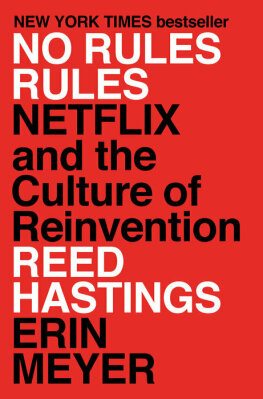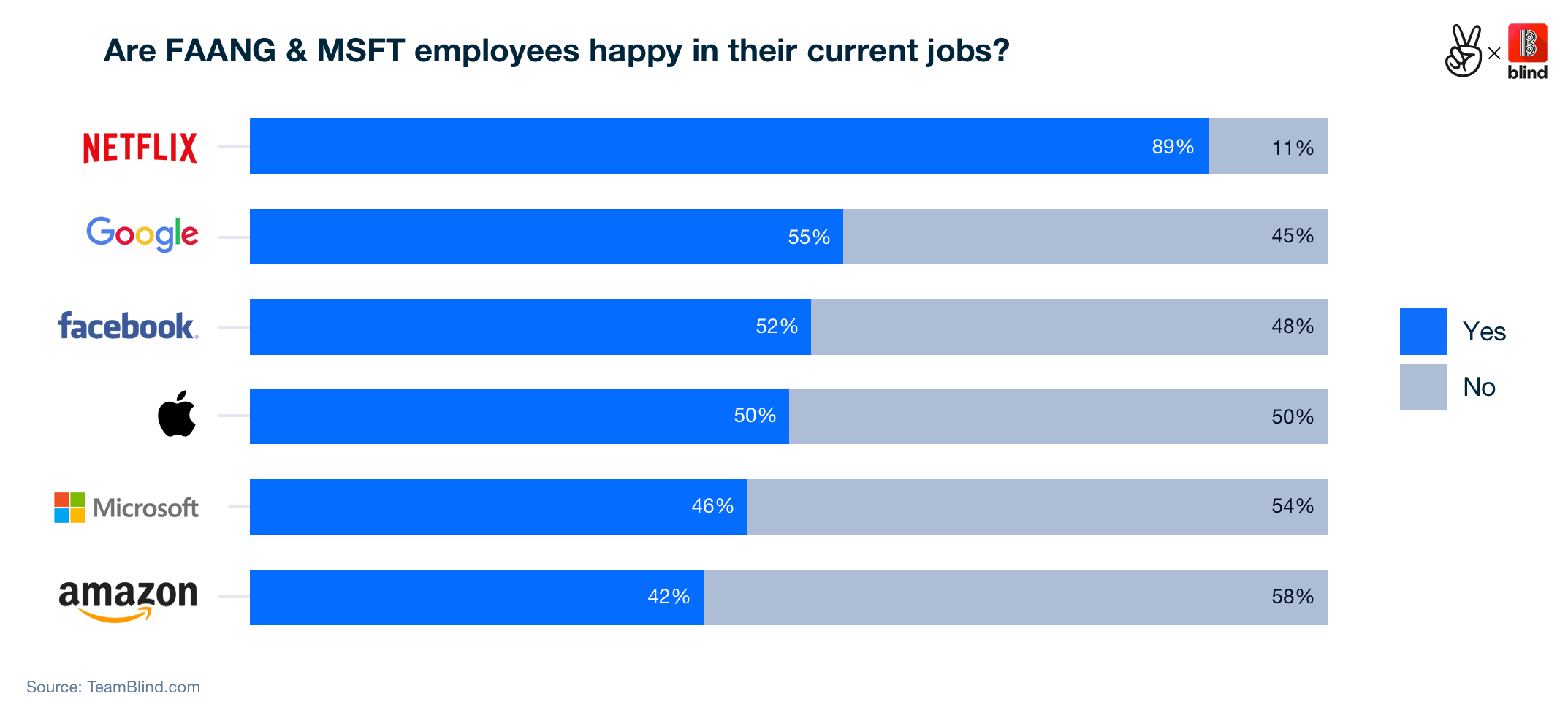
2021-01-01
No Rules Rules was book number eleven for our book club at work. We had previously read Powerful by Patty McCord, so many concepts weren’t new, but it was an interesting new perspective.

Overall, how I felt about the book was a bit of an emotional roller coaster.
The whole book is laid out as a sequence of quite specific steps a company can take to become like Netflix, by
Each dimension then is iterated over three times. The first step, and a precondition for all the rest, is to have high “talent density”, i.e., only have really high performers working at the company. For Netflix, this kind of happened when they had to lay off a third of their workforce in 2001: executives realized that everything was suddenly better because all the “just adequately” performing employees were gone.
Well, what if your company happens to not go through an existential crisis? How do you identify and get rid of all the non-stellar employees in a way that doesn’t cause (justified) outrage? Is this even possible for an already established company? I couldn’t find an answer to this, and seeing that all other steps require this high talent density, it felt like the rest of the book might be difficult to apply.
I did like the reference to the “bad apple” study (Felps, Mitchell, and Byington 2006), though, seeing that it was also mentioned in The Culture Code: a single underperforming (or actively disruptive) team member pulls down the performance of the whole team significantly. In The Culture Code, the focus was on how there can be “good apples” to counteract this; in No Rules Rules, the emphasis is on the negative effects and eliminating them.
Another great reference introduced me to the origins of the mythical “10x engineer”: a paper from the 60s describes how programmers were given standardized tasks and how vast the performance differences between individuals were (Sackman, Erikson, and Grant 1968). I’m not convinced that this should be taken at face value for engineers 50 years later, though.
On a related note, the authors point out multiple times that the model they describe isn’t applicable everywhere. It’s great for creative endeavours where failure isn’t critical, but probably shouldn’t be used when you want to produce “a million doses of penicillin” or “ten thousand identical cars”.
Now, software engineers fancy their craft as somewhat creative at times—can the model be applied here? My guess is that it still depends: are you writing software to control a nuclear submarine, or to stream cartoons? What about an app for personal banking?
I don’t recall the book using any examples involving Netflix engineers, so it’s not obvious if the same principles are applied also for engineers, or if engineering is somehow treated differently within Netflix as “not all that creative”.
There are surveys comparing employee happiness among FAANG (and MSFT) workers such as this one conducted by AngelList and Blind in October 2019:

Or a similar survey from November 2020, this time by Blind alone, where Netflix tops every single category. There are of course valid questions such as “how was this measured?”, “this is all self-reported, survivor bias much?”, or “what about significant differences between engineering and the rest of a company?”, but it’s at least some evidence that Netflix seems to be doing alright as an employer.
While overall I felt the time spent reading the book was a good investment, I didn’t exactly nod in agreement with every single section.
Some of the examples talk about people for whom the culture wasn’t a good fit, like “Michelle” and her problematic “business” trips to Las Vegas with suspiciously high food and drink expenses (which got her fired). To me, these examples felt very contrived and eroded my trust in the authenticity of the examples for things working out fine—but to be fair, many of the latter use full names of high profile Netflix employees. There also didn’t seem to be much in terms of helping people adapt to such a culture; apparently, you’re either a fit or you are not.
Reading about the Keeper Test 1, I couldn’t help but being slightly horrified at the thought of having this kind of pressure looming over me. The examples of people having trouble to adjust to it didn’t exactly help, either: what happened to Marta, who moved from Spain to the Netherlands, and had trouble breathing in the elevator every single morning from all the stress? I need closure! Since her full name was given, I kind of expected to read about a marvellous transformation, but for all I know, she still suffers from anxiety every day. (But she still works at Netflix, I checked!)
Chapter 10 talks about scaling Netflix culture globally. There are a few neat ideas, like a culture map of the company and anticipating regional challenges for strong deviations in certain dimensions: “communication in Japan is a lot more high-context than at Netflix, we should probably take that into consideration for the local workforce there.”
The rest of the chapter, however, read a bit like people realizing for the first time in their lives that the world consists of more than just the United States, and then applying that knowledge by means of a cultural clichée hammer: “the Dutch do X, the Japanese do Y”—I feel like there’s more nuance to it.
My overall impression oscillated between “this all makes so much sense” and “of course they think it’s great, it’s their company, but it sounds like a cult”.
I concluded that it’s unlikely for any company I work at to ever undergo the complete “Netflixification”, but there are a few key points I’m taking away as useful on their own.
A policy of not just unlimited “personal time off” days, but unlimited holidays. Multiple references indicate that people take about the same amount of time off as they would with limited holidays, but it would be more flexible, and signal trust in employees. (As long as leaders model actually taking time off.)
No expense policy. At Netflix, the entire policy is
Act in Netflix’s best interest
(and if you abuse it, you’re fired). This might be too extreme for many companies, but there probably is some middle ground between “every expensed pencil goes through a five-tier approval process” and “there is no approval process”.
Defaulting to public visibility. With very few exceptions for things that are personal, everything (meeting notes, strategy docs, roadmaps and so on) should be accessible by everybody. I don’t see any benefit to selectively withholding information, and having the information provides context.
Actually giving and encouraging feedback. I’m pretty sure every company ever says that personal growth and feedback are very important to them; actually living that is another story. I want to point out the “Live 360s” from the book (public, real-time feedback frenzies) as going way too far for my taste, though—but “Only say about someone what you will say to their face” sounds like a solid principle. And the “4A” guidelines for providers and recipients of feedback (aim to assist, actionable, appreciate, accept or discard) feel useful as well.
Leading with context. Understanding why you’re doing something is always going to get better results than being an implementation robot.
Overall, I wouldn’t say that No Rules Rules rules indiscriminately, but there are certainly a few interesting ideas in there, and it’s an entertaining read.
Would my manager fight to keep me if I told them I want to leave? If no, they should have let me go already.↩︎